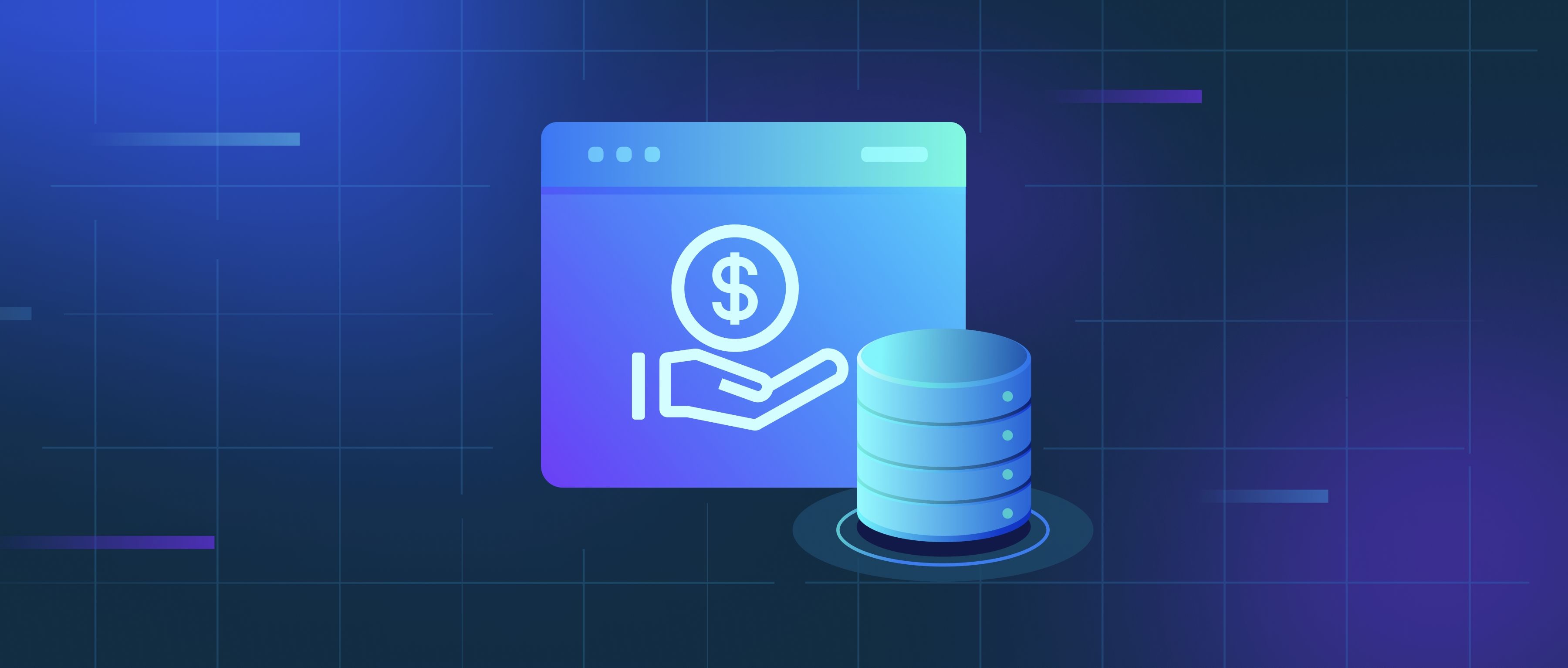Diffusion modeling primarily focuses on understanding how information, ideas, or technologies spread across a network or population over time. Recent research trends in diffusion modeling emphasize improving the accuracy of these models and their applicability to real-world scenarios. One significant trend is the integration of machine learning techniques with traditional diffusion models. For instance, researchers are exploring how neural networks can be used to predict diffusion patterns more effectively by learning from large datasets. This approach allows models to capture complex relationships that standard mathematical formulations might miss.
Another prominent trend is the emphasis on heterogeneous networks. Traditional diffusion models often assumed homogeneity, meaning that all participants in the model behaved in a similar way. Current studies are increasingly acknowledging the diversity in social networks, where individuals have varying influence, preferences, and behaviors. For example, researchers are using agent-based modeling to simulate how different user types interact and how this interaction affects the overall diffusion process. This allows for more nuanced insights into how campaigns might be optimized to target specific user segments effectively.
Lastly, there is a growing interest in real-time data and adaptive modeling. Researchers are beginning to incorporate real-time social media data to monitor and adjust models dynamically. Techniques such as online learning enable models to adapt as new information becomes available, providing a more responsive analysis of how ideas or products spread. For example, during a marketing campaign, a company might track how engagement changes over time on social platforms and adjust their strategy based on these insights. By staying updated with these trends, developers can build more robust applications that reflect the complexities of real-world diffusion processes.
